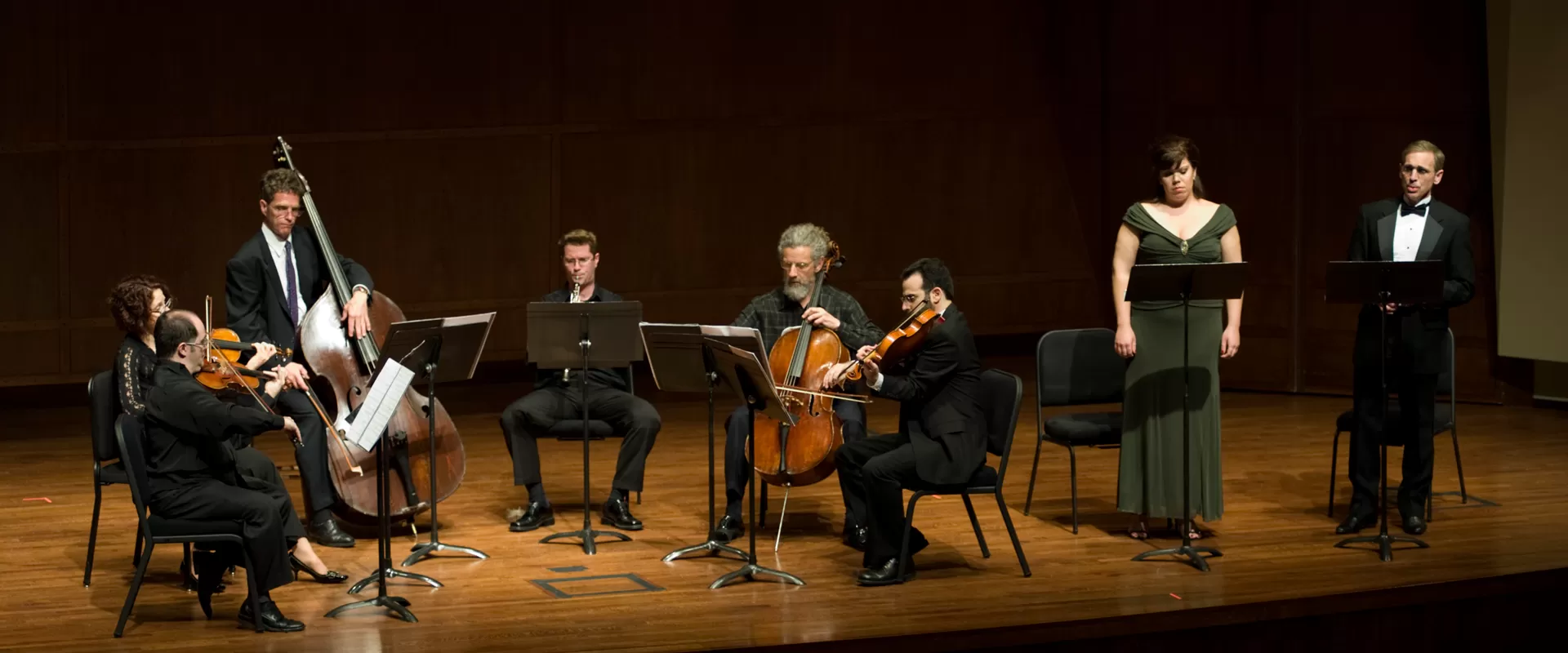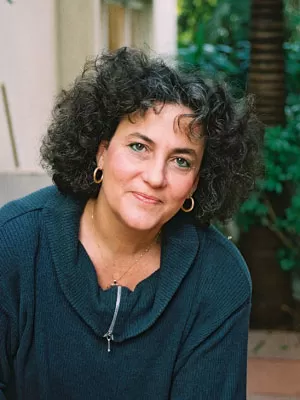World premiere: May 9, 2011, Benaroya Hall, Seattle, WA, at Music of Remembrance's Holocaust Remembrance Day concert.
MOR’s latest commission is from Betty Olivero, whom renowned conductor Zubin Mehta has called “a major talent,” and one of today’s best composers. Inspired by ancient Jewish and other early musical traditions (Judeo-Spanish, Arab, and medieval music), Olivero's music employs both contemporary and avant-garde compositional forms. Kolo't (Voices) is scored for mezzo-soprano, violin, viola, cello, clarinet, harp and percussion; and speaks to the history and vitality of the Sephardic enclave at Thessalonika, while mourning their fate.
The fate of the Jewish settlement at Thessalonika is, tragically, an instance of Nazi success at near total eradication--partly because Jews felt safe there. Persecution didn't begin until summer of 1942. The 450-year-old Sephardic community was decimated, and the Nazis did their best to destroy hundreds of years of archives. Only about 10,000 Jews survived from a pre-war population of between 80,000 and 100,000. Nearly 98 percent of the total Jewish population of the city of Salonica died during the war, most after deportation to Auschwitz-Birkenau, where their solidarity as a group attracted the stoic admiration of author and poet Primo Levi. Because families refused to be separated--isolated, they were unaware of the extent of Nazi atrocity--whole families met their deaths in the camps.
Olivero writes:
To compose a narrative piece of music to commemorate the Shoah is a difficult task, and I accepted this invitation with dread and trepidation. The events are so horrible that it is at times hard to believe they are true; the subject itself awakens such a myriad of emotions that it is easy to fall into rhetorical statements, enabling the listener to avoid real solidarity and empathy with the victims.
This approach profanes their memory. The magnitude of these events is such that only the words of direct witnesses can prevent repudiation of the catastrophe. Documents and concrete evidence, through their silences, tell the story faithfully. Outside commentary or artistic manipulation runs the risk that the most important sound will not be heard at all: the howl of silence.
As a granddaughter of Sephardic Jews from Thessalonica, who were exterminated in Auschwitz, I decided to quote from a poem written as a letter in Ladino (a Spanish-Jewish dialect), by an anonymous Sephardic Jew from Thessalonica, a survivor of Auschwitz. The poem is a hopeful prayer for salvation. In my piece, it joins Ladino melodies and poetry, drawn from the rich heritage of music and poetry produced during the great millennium of Jewish residence in Spain, which came to an abrupt end with the Expulsion of 1492.
This poem, a straightforward document, inserted amongst excerpts of love songs and yearning poems for the lost, forgotten land which were carried through the ages since the tragic expulsion, represents the pure strength of the soul, the victory of thought and spirit over the forces of evil that operated during what was surely one of the darkest periods in the history of humanity.


